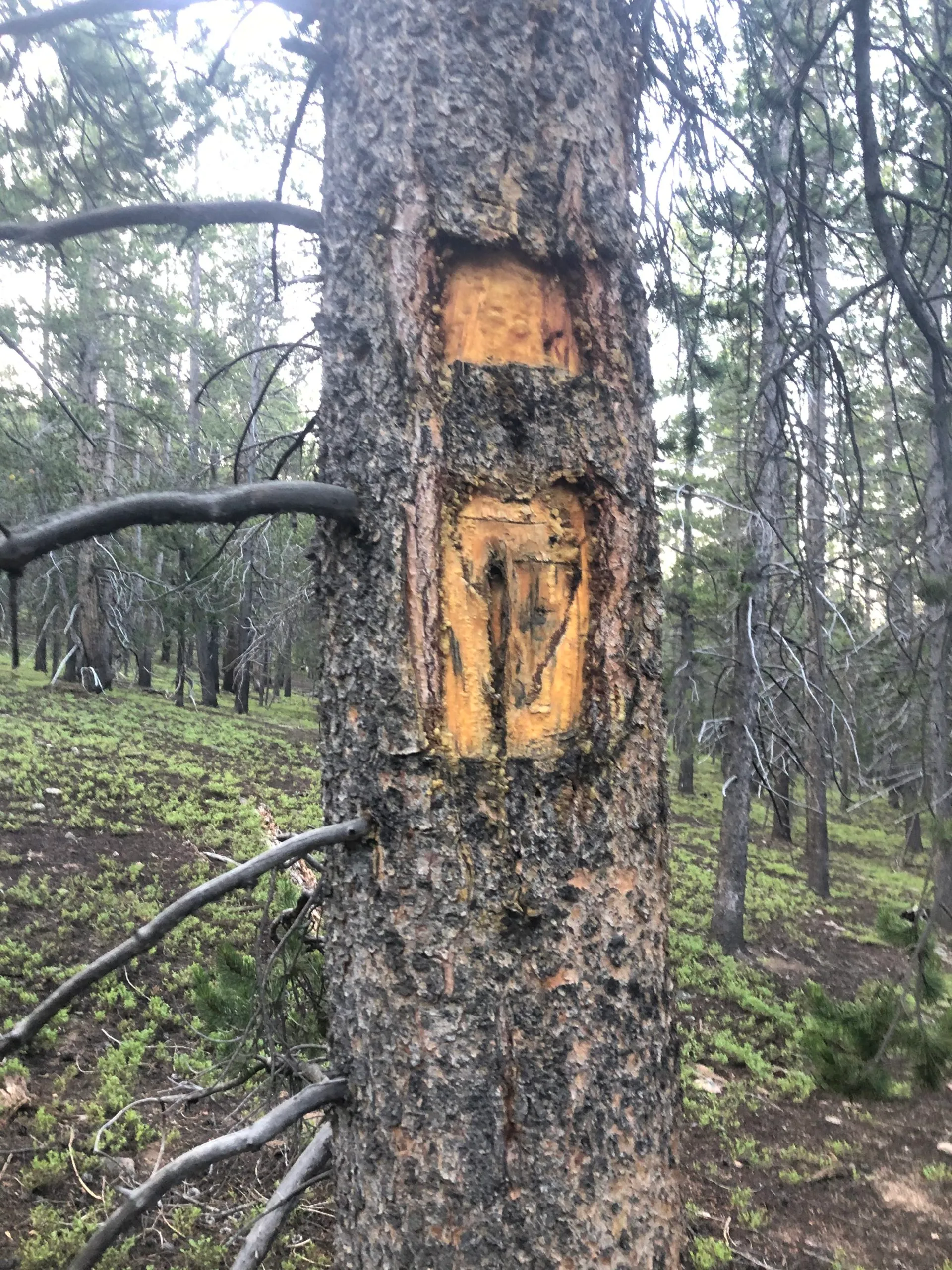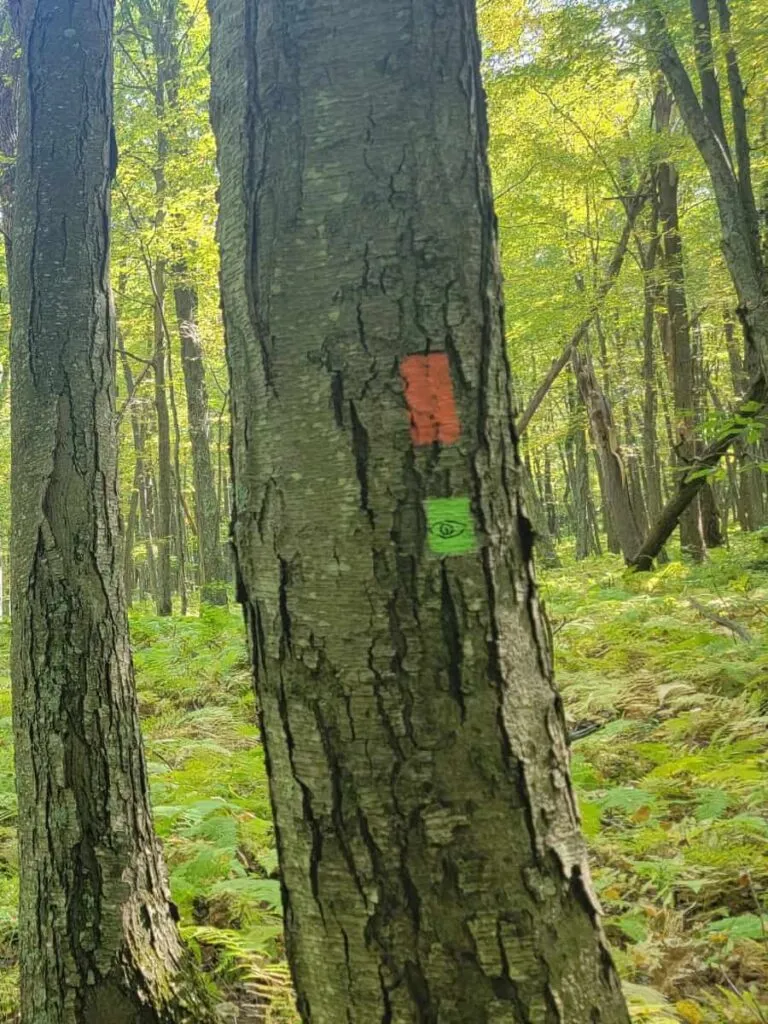
How to Read Hiking Trail Signs: Your Complete Guide to Trail Markers and Blazes
Learning how to read hiking trail signs is an essential skill that can make the difference between a safe, enjoyable hike and a potentially dangerous situation. As someone who has spent countless hours on trails across different terrains and seasons, I've seen firsthand how proper understanding of trail markers can prevent hikers from getting lost. This comprehensive guide will teach you everything you need to know about interpreting blazes, understanding different marker types, and using these navigation tools to stay safe on your outdoor adventures. Visit Nature Guests for more outdoor exploration tips.
Understanding the Basics of Trail Markers

When I first started hiking, I remember feeling overwhelmed by the various markings I encountered on trees, rocks, and posts along the trail. Trail markers, commonly known as blazes, are the backbone of safe hiking navigation. These markings serve as a communication system between trail maintainers and hikers, providing crucial information about direction, safety, and trail conditions.
Understanding how to read hiking trail signs begins with recognizing that these markers aren't randomly placed. Trail crews and volunteers carefully position each marker to ensure visibility from multiple angles and distances. The standard placement is typically at eye level or slightly higher, especially in areas that receive snowfall where markers might be obscured during winter months.
The fundamental purpose of trail markers extends beyond simple direction-finding. They indicate trail beginnings and endings, warn of upcoming hazards, signal intersections with other trails, and provide reassurance that you're following the correct path. In my experience hiking through different regions, from the beginner-friendly trails near urban areas to challenging wilderness routes, consistent marker interpretation has prevented countless navigation errors.
Trail markers operate on a simple principle: they should be visible from one marker to the next. This means that when you're standing at one blaze, you should typically be able to see the next one in your direction of travel. If you find yourself unable to locate the next marker for more than a few minutes, it's often a sign that you may have strayed from the designated path.
Pro Tip: Always look back occasionally to see blazes from the opposite direction. This helps you memorize the return route and ensures you can navigate back if needed.
Different Types of Hiking Trail Markers
Learning how to read hiking trail signs requires familiarity with the various types of markers you'll encounter. During my years of hiking, I've documented numerous marker styles across different trail systems. Each type serves specific purposes and appears in different environments based on local conditions and maintenance preferences.
Paint Blazes
Paint blazes are the most common type of trail marker in North America. These rectangular marks, typically measuring 2 inches wide by 6 inches tall, are painted directly onto tree bark. The Appalachian Trail's famous white blazes exemplify this system perfectly. I've found that paint blazes work exceptionally well because they're visible in various lighting conditions and weather situations.
Posts and Signs
Wooden or metal posts with attached signs provide detailed information including distances, destinations, and trail names. These markers are particularly valuable at trailheads and major intersections. During my hikes in state parks, I've noticed that post markers often include additional safety information and emergency contact details.

Affixed Markers
Metal, plastic, or wooden markers nailed or screwed to trees offer durability advantages over paint. These markers are common on western trails like the Pacific Crest Trail. Their main advantage is resistance to fading, though they can occasionally fall off or be damaged by wildlife.
Cairns (Rock Piles)
Above treeline or in desert environments where trees are scarce, carefully constructed stone cairns mark the trail. These pyramid-shaped rock piles require skill to build properly and should only be constructed by authorized trail maintainers. I've relied on cairns during challenging alpine conditions where visibility was limited.
How to Read Paint Blazes and Their Meanings
Mastering how to read hiking trail signs requires understanding the language of paint blazes. These simple geometric patterns convey complex navigational information once you learn their meanings. After hiking thousands of miles on various trail systems, I've developed techniques that help interpret these markers quickly and accurately.
Single Blaze: Continue Straight
A single rectangular blaze indicates that the trail continues straight ahead. This is your "all clear" signal – simply maintain your current direction. During my experience on well-established trails, single blazes appear every 200-300 yards in areas with good visibility, more frequently in challenging terrain.
Double Blaze: Turn or Caution Ahead
Two blazes stacked vertically signal an upcoming change in direction or a caution situation. When the upper blaze is offset to the right, turn right; when offset to the left, turn left. If the blazes are stacked directly on top of each other, pay extra attention as a significant change or hazard approaches.
Triple Blaze: Major Trail Events
Three blazes arranged in specific patterns indicate major trail events. An upward-pointing arrow formation signals a trail beginning, while a downward-pointing arrow marks a trail end. Three blazes with one offset indicate an approaching intersection where careful navigation is crucial.

Understanding these patterns becomes intuitive with practice. I recommend studying essential hiking safety tips to complement your trail reading skills. The key is developing a systematic approach: always scan ahead for the next blaze, pause at double or triple blazes to assess the situation, and never assume a pattern without confirming the trail direction.
Personal Experience: During a foggy morning hike in the Appalachians, I encountered a series of double blazes that seemed confusing. By taking time to look behind me and ahead, I realized I was approaching a sharp switchback that wasn't immediately visible due to the terrain.
Trail Colors, Symbols, and Regional Variations
Learning how to read hiking trail signs involves understanding the color-coding systems used across different regions and trail networks. Each color choice is deliberate and follows established conventions that help hikers distinguish between different trail types and purposes.
Standard Color Meanings
White blazes typically mark main long-distance trails, most famously the Appalachian Trail. Blue blazes usually indicate side trails or alternate routes that connect to water sources, shelters, or viewpoints. Yellow and orange blazes often mark local hiking trails in state and regional parks. Red blazes frequently designate shared-use trails open to hikers, mountain bikers, and equestrians.
During my extensive hiking in various regions, I've learned that color consistency within a single trail system is crucial for navigation. However, colors can vary between different managing organizations. For instance, some state parks use orange for foot-only trails while others reserve orange for multi-use paths.
Regional Variations and Special Systems
Different regions have developed unique marking systems based on local needs and traditions. European trails often use more complex color and shape combinations, while western US trails might incorporate reflective materials for desert conditions. Some trail systems use specific symbols or letters in addition to colors to provide more detailed information.
The key to successful navigation is researching the specific marking system used in your hiking area before starting your journey. Trail maps, park websites, and ranger stations provide essential information about local blazing conventions. This preparation has saved me from confusion on numerous occasions, particularly when hiking short hikes designed for beginners in unfamiliar areas.
Interpreting Faded or Damaged Markers
Weather, time, and environmental factors can make trail markers difficult to read. I've developed techniques for interpreting compromised blazes, including looking for paint remnants in bark crevices, checking multiple sides of trees for better-preserved marks, and using context clues from surrounding terrain to confirm trail direction.
Common Mistakes and How to Avoid Them
Throughout my hiking experience, I've observed and personally made various mistakes when learning how to read hiking trail signs. Understanding these common errors and their solutions can prevent dangerous situations and improve your overall hiking confidence. Most navigation mistakes stem from overconfidence, inadequate preparation, or misinterpreting marker patterns.
Ignoring Context Clues
One frequent mistake is focusing solely on blazes while ignoring surrounding environmental cues. During a challenging hike in the White Mountains, I once followed what appeared to be correct blazes but ignored the fact that the "trail" was becoming increasingly overgrown and difficult to follow. The worn path beneath your feet, the condition of surrounding vegetation, and the general direction should all align with the blazes you're following.
I've learned to use multiple confirmation sources: consistent blazes, a visible tread path, and logical terrain progression. When these elements don't align, it's time to stop and reassess your location. This multi-factor approach has prevented numerous wrong turns during my hiking adventures.
Misunderstanding Color Systems
Assuming that trail colors mean the same thing across different trail systems leads to confusion and potential danger. I once spent an hour following blue blazes, thinking they marked the main trail, only to discover they led to a water source rather than my intended destination. Each trail system has its own color conventions, making pre-hike research essential.

Technology Over-Dependence
While GPS devices and smartphone apps provide valuable backup navigation, over-relying on technology without understanding traditional trail marking can create dangerous situations when devices fail. I always recommend learning proper trail sign interpretation as your primary navigation method, using technology as a secondary confirmation tool.
For comprehensive safety preparation, studying hiking safety tips alongside trail reading skills creates a well-rounded foundation for safe outdoor adventures. The combination of traditional skills and modern technology provides the most reliable navigation system.
Rushing Through Unclear Sections
When trail markers become sparse or unclear, the natural tendency is to push forward quickly, hoping to find the next obvious blaze. This approach often leads to getting further off-route. Instead, I've learned to slow down, carefully examine potential markers from multiple angles, and backtrack when necessary to confirm my position.
Personal Learning: Early in my hiking journey, I followed animal paths thinking they were human trails, ignoring the absence of blazes. This taught me that legitimate trails always have consistent marking systems.
Complete Trail Navigation Reference:
Multi-functional Navigation ToolConclusion
Mastering how to read hiking trail signs represents a fundamental skill that enhances both safety and enjoyment of outdoor adventures. Through this comprehensive guide, we've explored the various types of trail markers, from simple paint blazes to complex cairn systems, each serving specific purposes in the wilderness navigation network.
The knowledge gained from understanding blaze patterns, color systems, and regional variations provides the foundation for confident trail navigation. However, this skill develops best through practical application combined with proper preparation and safety awareness. I encourage every hiker to practice these techniques on familiar trails before tackling more challenging routes.
Remember that trail markers are only one component of comprehensive wilderness navigation. Combining marker interpretation with map reading, compass use, and situational awareness creates a robust system for staying found in the outdoors. For those ready to put these skills into practice, exploring detailed information about how to read hiking trail signs can provide additional insights and techniques.
The investment in learning proper trail sign interpretation pays dividends in increased confidence, enhanced safety, and deeper connection with the natural world. Every correctly interpreted blaze, every successful navigation decision, and every safe return from the wilderness reinforces these essential skills. As you continue your hiking journey, remember that trail markers represent the dedication of countless volunteers who maintain these paths for all outdoor enthusiasts to enjoy.
Safe hiking begins with proper preparation and knowledge. Understanding trail markers is your key to confident wilderness exploration.


